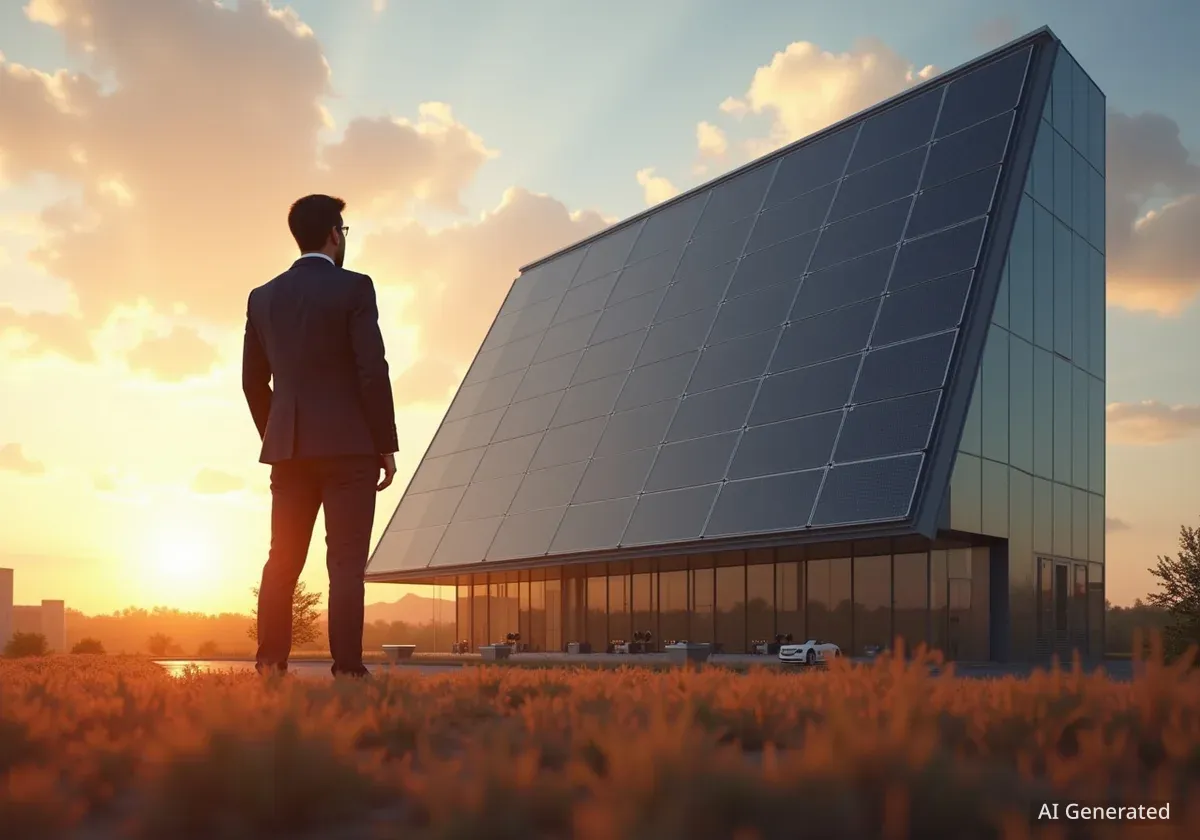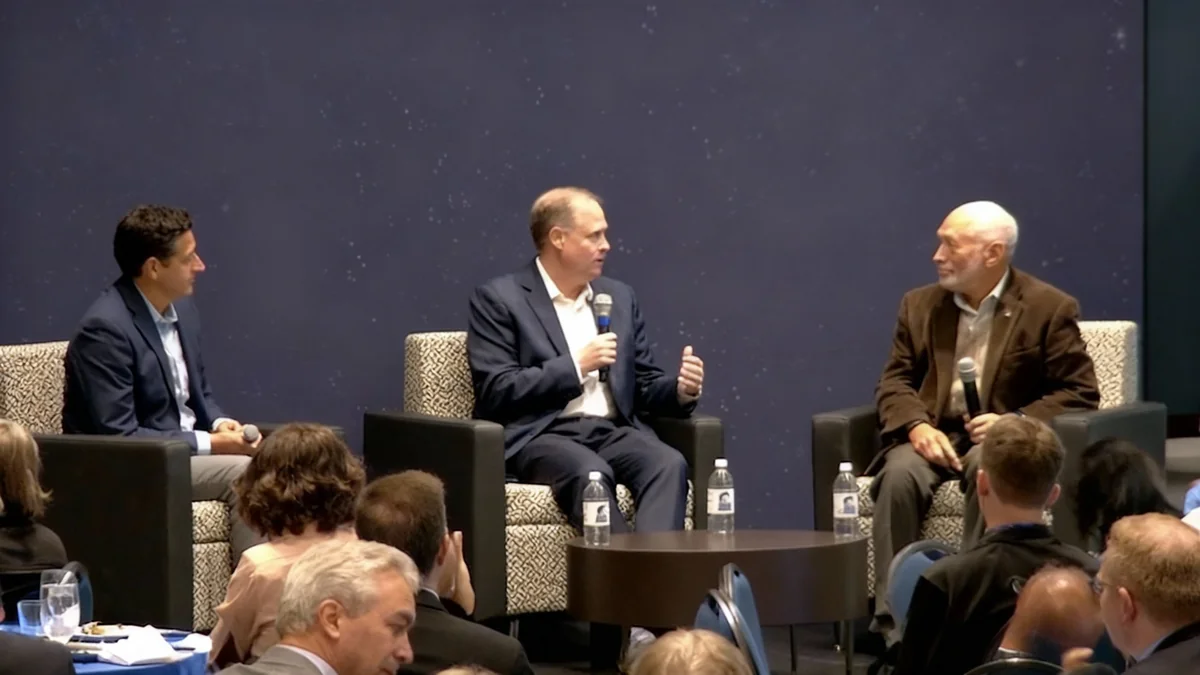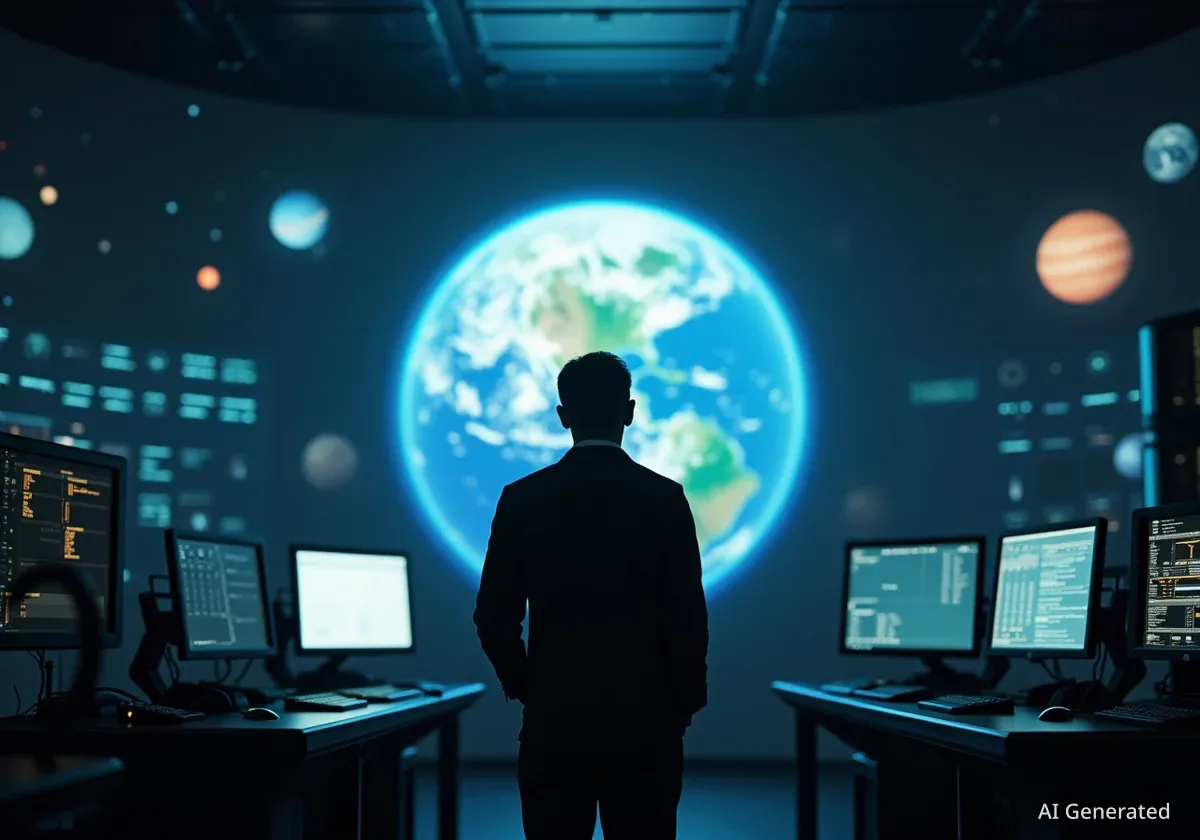Leading figures in the aerospace industry are advocating for a fundamental shift in space exploration, urging corporations and agencies to prioritize ethics and sustainability alongside technological progress. During a recent presentation in Mexico City, experts highlighted that technologies developed for missions in orbit and beyond can provide critical solutions to environmental challenges on Earth.
Key Takeaways
- Space industry leaders are calling for a greater focus on environmental responsibility, balancing profit with planetary well-being.
- Technologies designed for space, such as advanced recycling systems, have direct applications for solving environmental issues on Earth.
- Scientific discoveries from space, including unique bacteria from the International Space Station, could lead to new decontamination technologies.
- Innovations in astronaut equipment, like form-fitting 3D-printed spacesuits, are being developed to improve mission mobility and safety.
A New Philosophy for the Space Industry
During a conference aimed at university students, prominent space exploration experts argued that the industry must evolve beyond a purely profit-driven model. They emphasized the need for a corporate conscience that considers the long-term health of our planet.
Guillermo Trotti, a space architect with extensive experience on NASA projects, including the International Space Station (ISS) and a conceptual lunar base, was a key speaker at the event. He acknowledged the financial realities of space missions but stressed the importance of a balanced perspective.
"The space business is really important. We all need income, food, shelter. But there needs to be a shift in how corporations think solely about profit. We need to develop a conscience about the planet,” Trotti stated.
He explained that this shift is not just an ethical imperative but a practical one. Many of the closed-loop systems and recycling technologies engineered for the harsh environment of space could be adapted to create more sustainable systems on Earth.
Who is Guillermo Trotti?
Guillermo Trotti is an architect and industrial designer specializing in space habitats. His work with NASA has involved designing critical infrastructure for human life beyond Earth, giving him a unique perspective on the technologies needed for survival in extreme environments.
Bringing Space Technology Down to Earth
The idea that space exploration can directly benefit life on Earth was a central theme of the discussion. Panelists detailed how research conducted in microgravity is already yielding results with terrestrial applications.
Manuel Sánchez, an associate researcher at the MIT Media Lab’s Space Exploration Initiative, provided a compelling example. He discussed the discovery of bacteria aboard the ISS that have evolved differently from their Earth-based counterparts.
"We’ve discovered bacteria that have evolved aboard the Space Station and don’t exist on Earth. It’s a delicate issue, but the technologies we develop in space can help us create new air-based systems for decontamination and disinfection. It sounds like science fiction, but it’s real,” Sánchez explained.
This research opens the door to novel air purification and sterilization methods that could be used in hospitals, public transportation, and other critical environments. It demonstrates a direct return on investment from scientific activities conducted in orbit.
Innovating for Future Human Missions
Beyond its benefits for Earth, the push for better technology continues to drive the future of human spaceflight. Dava Newman, a former deputy administrator of NASA, shared insights into her current project aimed at revolutionizing astronaut attire.
Newman's team is developing a new generation of spacesuits designed to overcome the limitations of current models. Traditional spacesuits are bulky, gas-pressurized garments that significantly restrict an astronaut's mobility and dexterity.
Next-Generation Spacesuit Technology
The new suit design utilizes a multi-layered, 3D-printed fabric constructed from heat-resistant polyethylene fibers. This approach allows for a form-fitting garment that provides pressure through mechanical counterpressure, offering greater flexibility for astronauts performing complex tasks on planetary surfaces.
The goal is to create a lightweight, skin-tight suit that feels more like wearing clothing than operating a personal spacecraft. This would drastically improve the efficiency and safety of extravehicular activities (EVAs).
"Current suits are bulky and restrict movement. Our design aims to better adapt to the human body and facilitate missions beyond our planet,” said Newman.
Engaging the Next Generation of Explorers
The event was not just a platform for experts but also an effort to inspire and inform students. Newman, who previously served as the director of the MIT Media Lab, highlighted the importance of connecting with young people to encourage their participation in space-related fields.
By showcasing cutting-edge projects and discussing academic opportunities in the United States, the speakers aimed to cultivate a new generation of scientists, engineers, and policymakers. This new cohort will be essential for building a space exploration framework that is both technologically advanced and ethically grounded.
The overarching message from the panel was clear: the future of humanity in space is intrinsically linked to the well-being of Earth. Every technological leap forward must be guided by a commitment to sustainability, ensuring that our journey to the stars also helps preserve our home planet.





